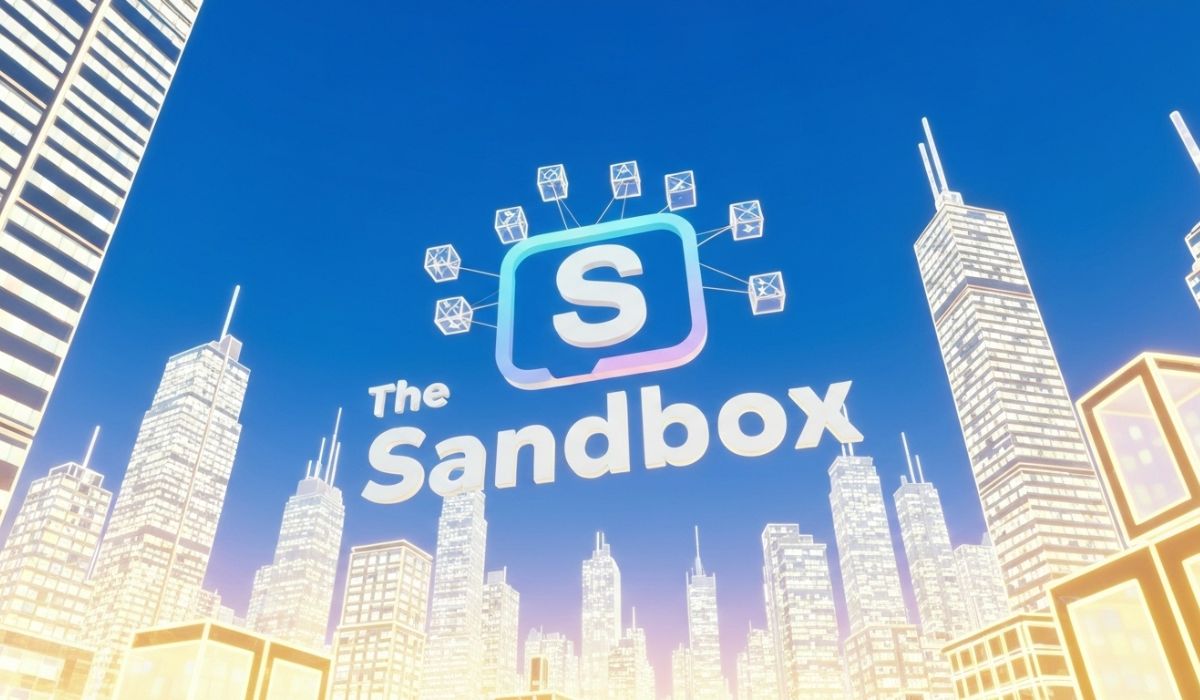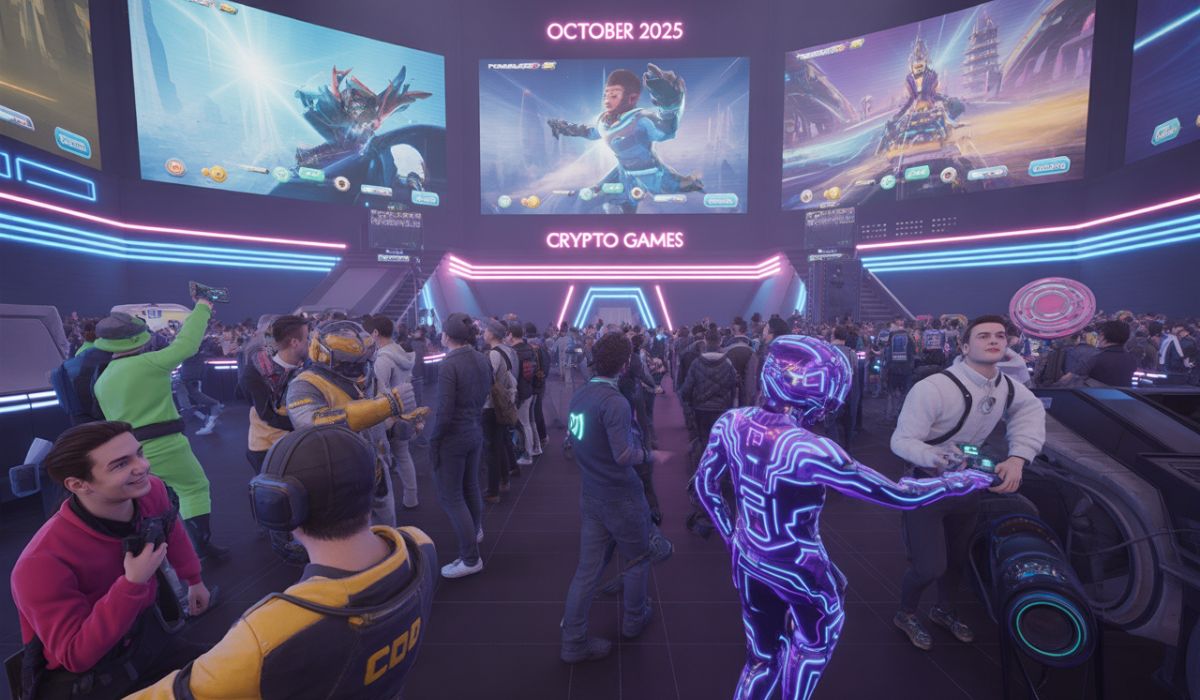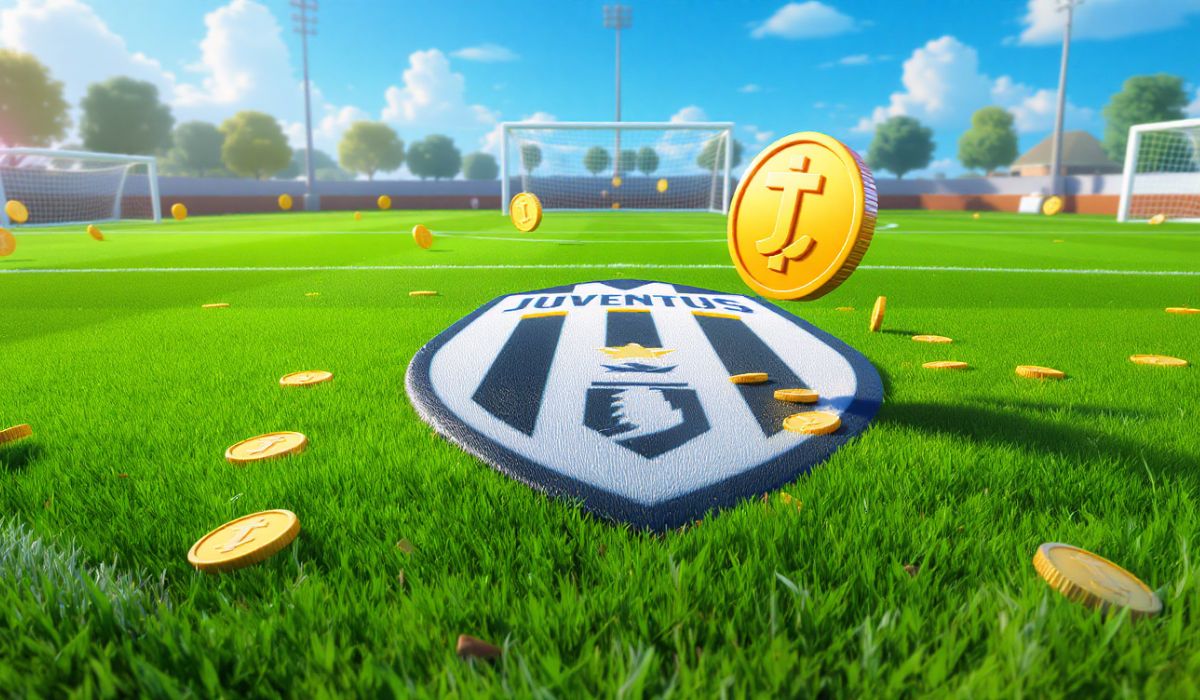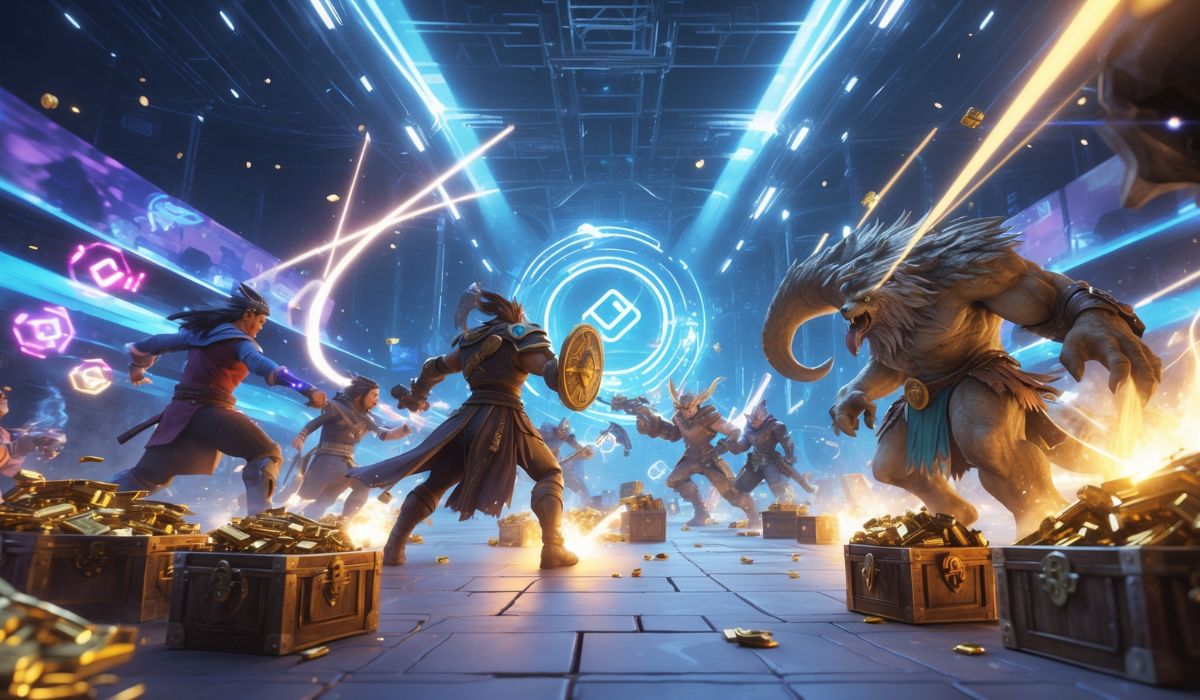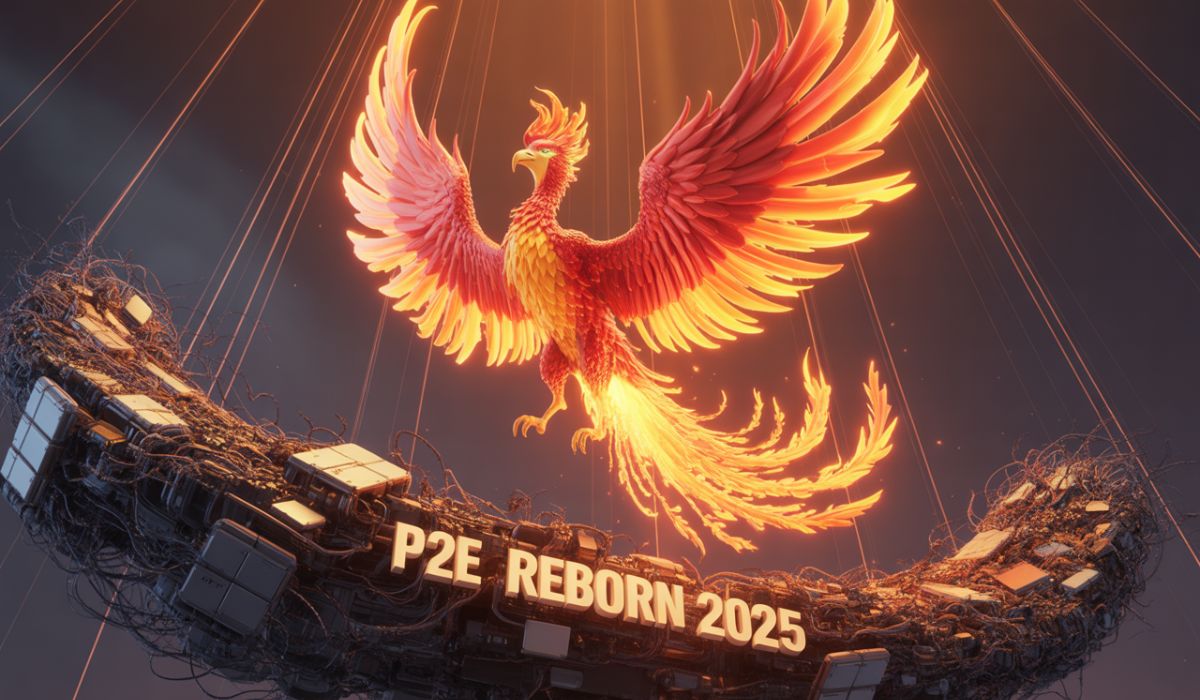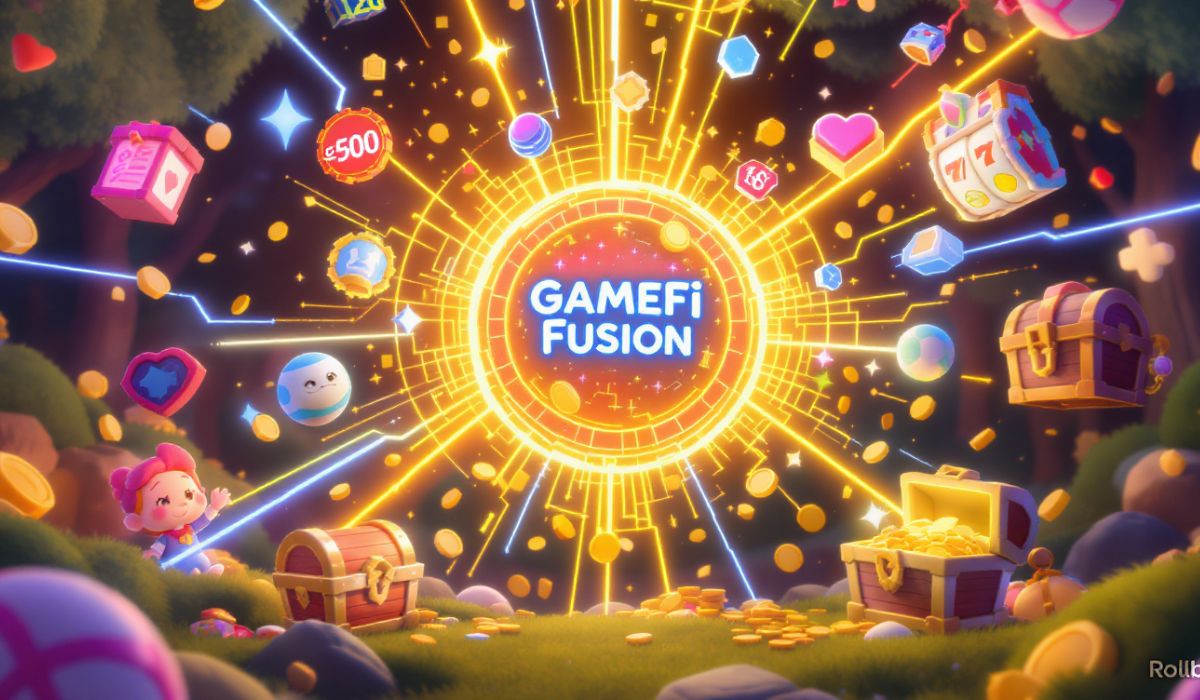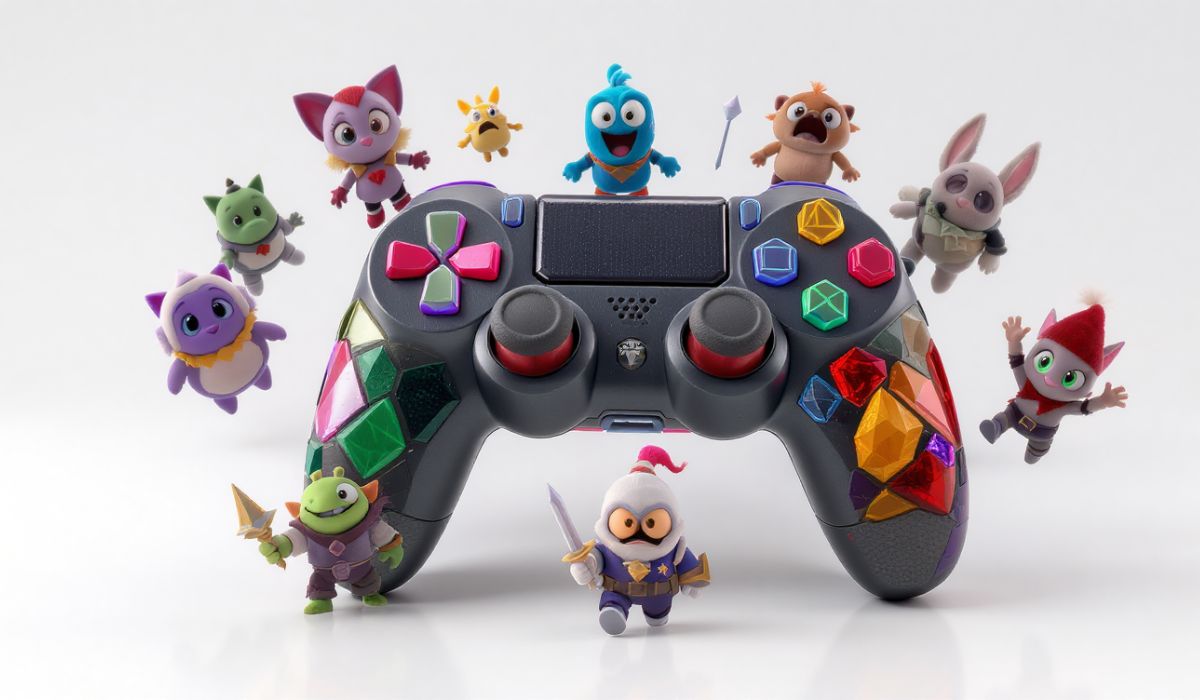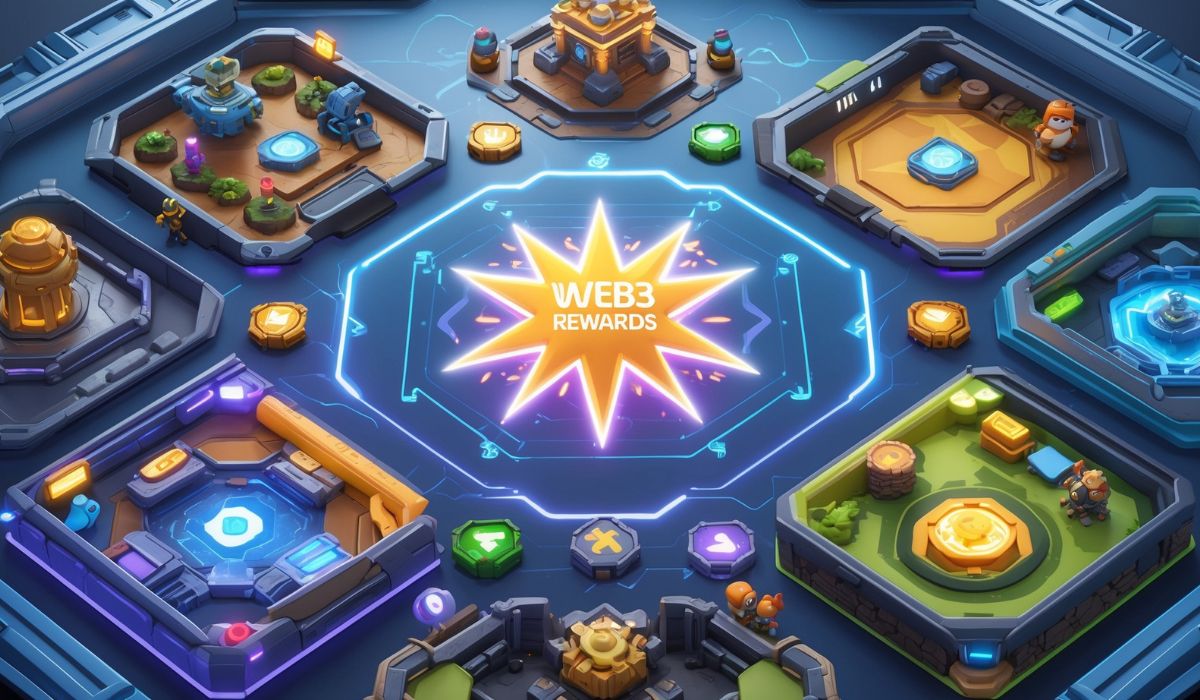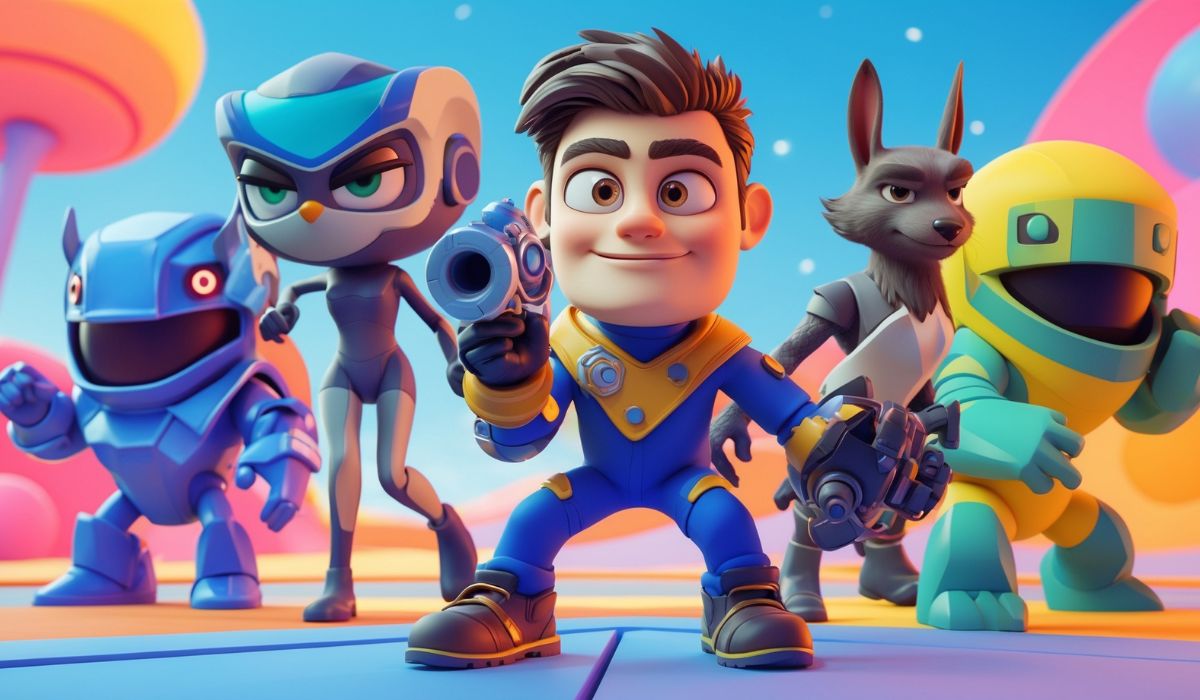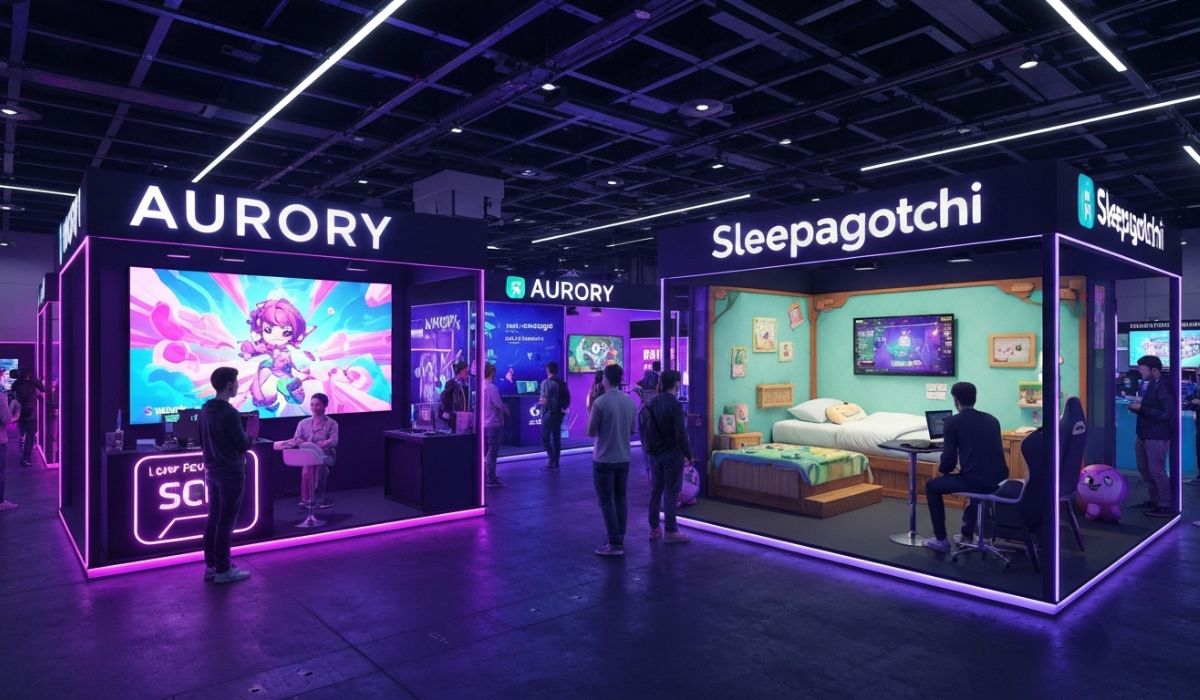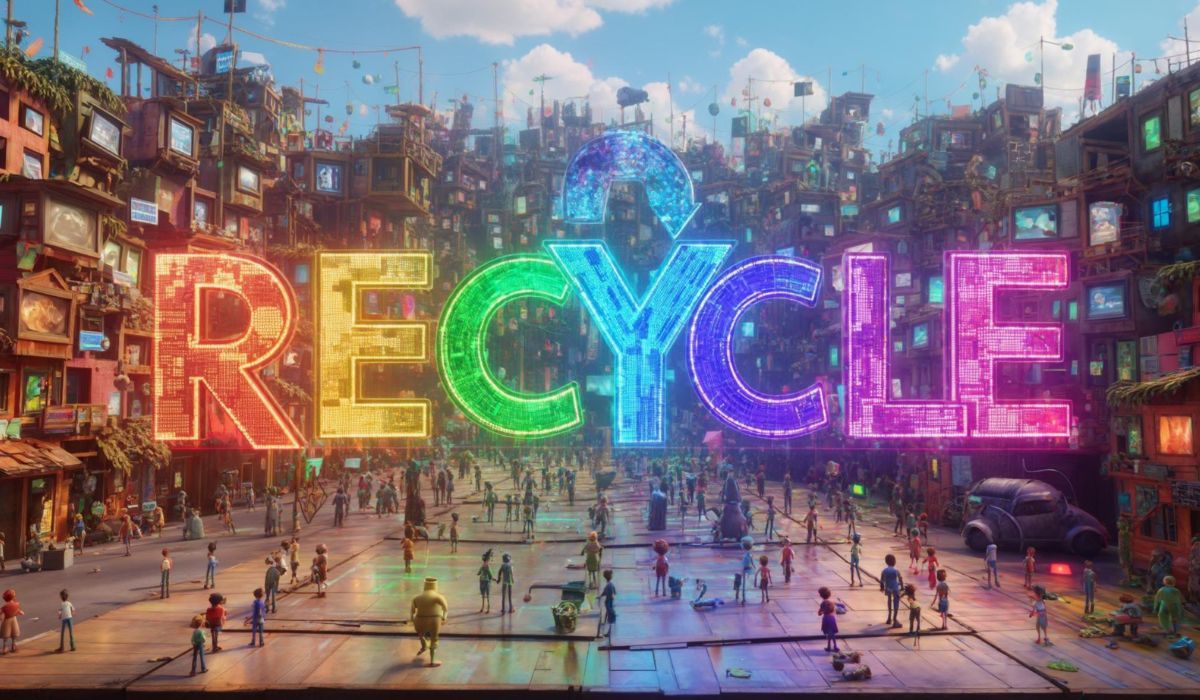GameFi’s Flickering Flame: Q3 Investment Surge Brings a Shimmer of Hope in 2025’s Tough Year
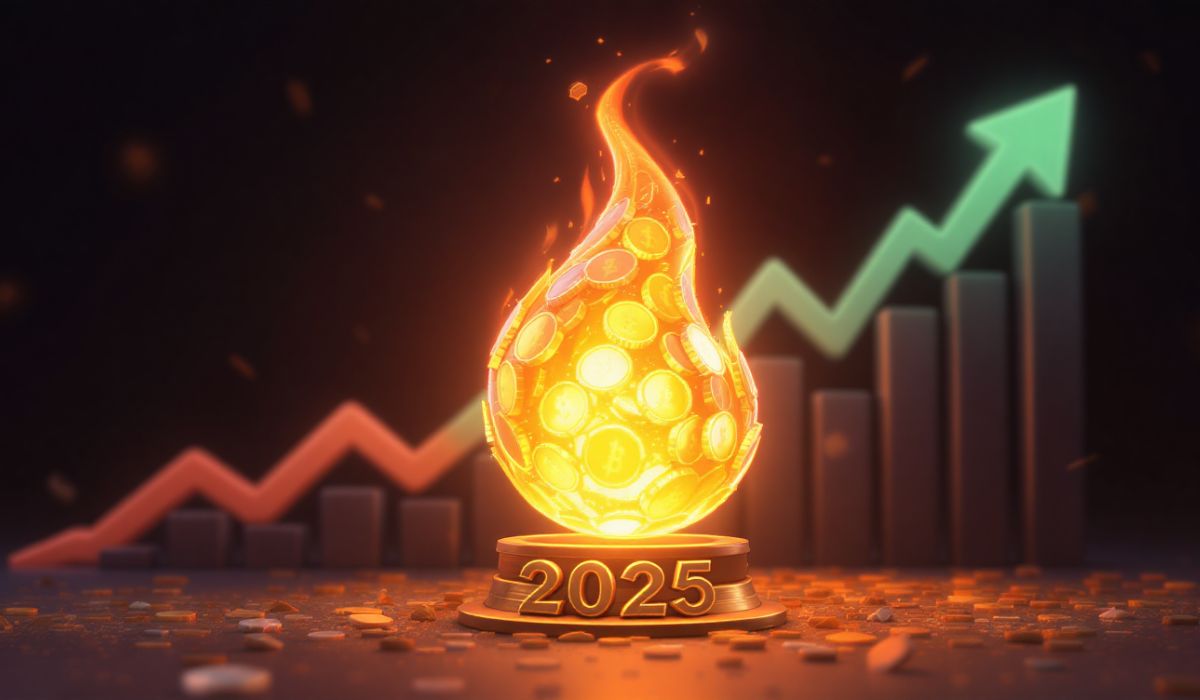
The GameFi sector, which combines gaming and blockchain, has faced one of its hardest years in 2025. Many projects have struggled to survive after the play-to-earn (P2E) hype faded. Yet, recent data from the third quarter (Q3) of 2025 shows a small but meaningful sign of recovery. Venture capital (VC) investments have started to return, suggesting that the industry might still have life left in it.
After months of decline, Q3 brought $129 million in new GameFi funding, making it the strongest quarter of the year. While this is a positive sign, it still represents only a fraction of 2024’s total funding. So far, 2025 has seen about $293 million invested in GameFi, which is just 25% of the $1.8 billion raised in 2024. This steep drop highlights how cautious investors have become.
A Shift from Hype to Substance
Unlike in earlier years, investors in 2025 are focusing on real products, solid gameplay, and sustainable token models instead of speculative “Axie killers.” They are backing studios that can deliver both entertainment and utility, aiming to attract traditional gamers who make up the global 2.7 billion-player market.
Three major funding rounds from Q3 stand out:
| Project | Amount Raised | Focus |
|---|---|---|
| E-PAL | $30 million | Platform connecting Web2 and Web3 gamers |
| Shrapnel | $19.5 million | Skill-based first-person shooter game |
| SuperGaming | $15 million | Battle royale game and L3 network on Base |
These investments mark a shift in direction. Instead of simply rewarding players with tokens, the new focus is on creating enjoyable, skill-based games with long-term appeal. This change could help bridge the gap between traditional gamers and blockchain gaming.
The recovery in Q3 funding is a small but important step forward. GameFi developers and investors have faced a challenging environment in 2025, with fewer opportunities and tighter capital flow. However, the projects that survived this period have shown stronger management, better planning, and more realistic business models.
This “shimmer of hope” might not yet signal a full recovery, but it shows that the market still believes in the potential of blockchain gaming. If the momentum continues, GameFi could rebuild its reputation from the ground up focusing on quality games instead of quick profits.
What the Future Could Look Like
The key challenge for GameFi remains onboarding mainstream players. While crypto-native users are familiar with token systems, most traditional gamers prefer simplicity and fun over financial incentives. This is where projects like SuperGaming’s new L3 network could play a role making blockchain-based games smoother, faster, and easier to access. If these projects succeed, the GameFi sector could see its total value locked (TVL) increase by up to 50% in Q4 2025. In a more optimistic scenario, experts predict a doubling of value by 2026, potentially bringing GameFi closer to the $20 billion mark.
However, risks remain high. Without strong user engagement, these investments might not translate into real growth. A lack of breakthrough titles could push the industry back into decline. Yet, compared to the chaos of 2021’s hype-driven market, today’s GameFi appears more mature focused on building sustainable ecosystems instead of chasing quick profits.
A Sector at a Crossroads
GameFi’s story in 2025 is one of endurance and transformation. The excitement of early play-to-earn models may have faded, but innovation continues. Developers are learning from past mistakes, focusing on gameplay, and exploring new ways to merge entertainment with blockchain.
The $129 million invested in Q3 does not mark a full comeback, but it does represent a turning point. It signals that investors still believe in the future of Web3 gaming, even after a brutal year. If upcoming projects deliver engaging gameplay and attract a broader audience, this “shimmer of hope” could evolve into the spark that reignites the GameFi revolution.


